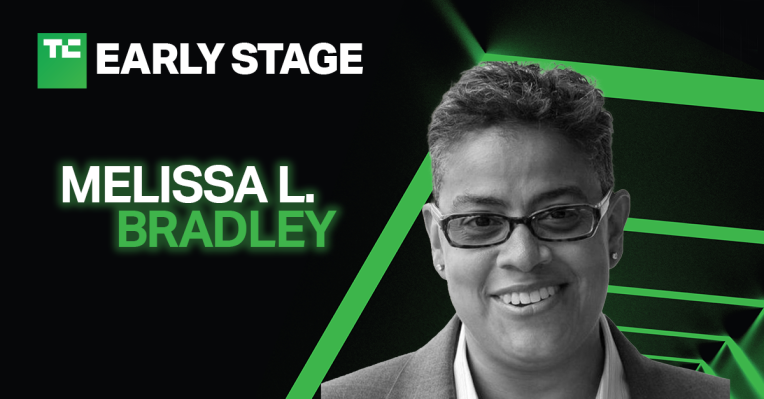
Melissa Bradley wears almost all hats. She’s the co-founder of a startup called Ureeka, an investor at 1863 Ventures, and a professor at Georgetown’s business school. So it’s not an understatement to say that many she understands the money-collecting process from every azimut. And moreover, she has the particular invested and fundraised because her own startup during this last twelve months, where the landscape has shifted drastically. At TechCrunch Ahead of time Stage, she led a session on how to nail your computer pitch meeting.
Bradley covered how to budget for your time during the meeting, very best prepare, how to close out one particular meetings with a clear listing of action items, and what inside.
You can watch the type of session or check out the stuffed transcript below, but I’ve also pulled out a few most outstanding from the talk just for you and your family.
Enjoy!
Conversation > Pitching
One of the greatest changes in the pitch landscape with the pandemic was the nature behind meetings themselves. Because internationally and founders can take fourty meetings a day from the comfort of that home, it means that phone call has been prioritized over lesions. Adding to the need for conversation is because investors aren’t ‘getting recognize you’ IRL as they may likely in the past, and so how you work (not just the content for the pitch) is critically important.
Bradley explained whom planning for extra time to answer thoughts and go deep to strategy is more important this than ever.
Now is the time to really have a a long and deeply engage the actual investor in your story while vision. You want to be conversational towards nature, but still formal across tone. So you want to be sincere; you want to avoid jargon; ideally make sure it’s clear all that you’re talking about. But different really much more of a 2-way conversation than we’ve most seen before. I think next time, pace yourself, be in actuality clear in advance how much time you’ll. One-third of the time should be utilized by your pitch, and the opposite two-thirds, you should be prepared to locale questions and really have your conversation. Pace yourself. Get the weight off rush through. If you have only 30 minutes, it’s probably not the most appropriate time to do a demo. You might want to contact a recorded demo also known as make an offer to do a test afterwards. (Timestamp – 6: 03)






